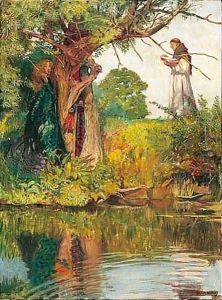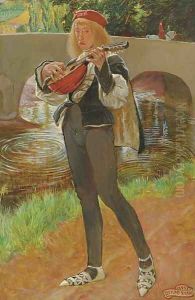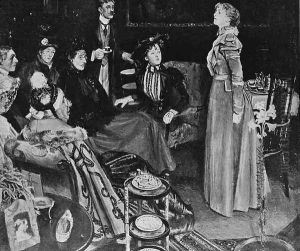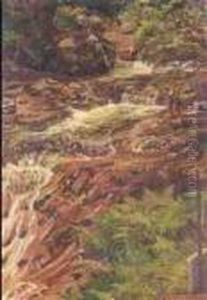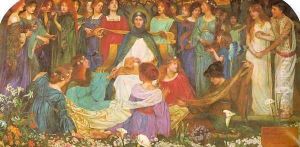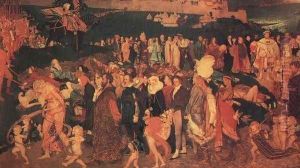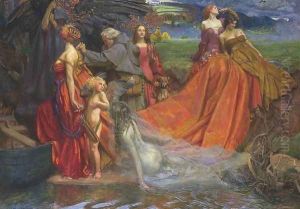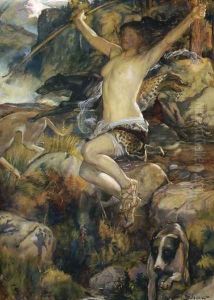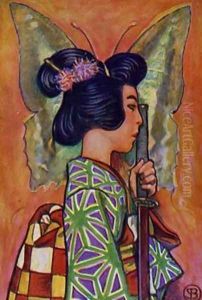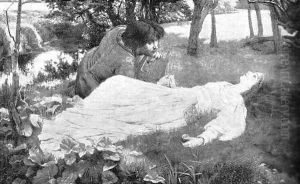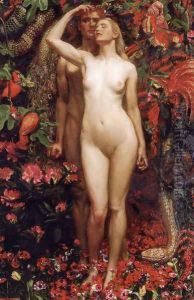John Byam Liston Shaw Paintings
John Byam Liston Shaw, often known as Byam Shaw, was an English painter, illustrator, designer, and teacher born in Madras, British India, on November 13, 1872. He is recognized for his work that harks back to the Pre-Raphaelite style, and he was influenced by artists such as John Everett Millais and Edward Burne-Jones. Byam Shaw's paintings often feature rich color, intricate detail, and romantic, sometimes medieval, themes.
Byam Shaw moved to England with his family at a young age and began his artistic education at the St John's Wood Art School before attending the Royal Academy Schools. While at the Royal Academy, he won a traveling scholarship that allowed him to study in Italy. His early work was well-received, and he quickly gained a reputation for his skill in both oil painting and watercolors, as well as for his illustrations for books and magazines.
Throughout his career, Byam Shaw continued to work prolifically as an illustrator, notably providing illustrations for classic literature such as the works of Edgar Allan Poe and the poems of Robert Browning. He was also a successful portrait painter and received commissions to paint the likenesses of several notable figures of his time.
In addition to his painting and illustration work, Byam Shaw was a dedicated teacher. In 1910, he co-founded the Byam Shaw and Vicat Cole School of Art in Kensington with fellow artist Rex Vicat Cole, which emphasized traditional techniques and draughtsmanship. The school became a respected institution and continued to operate long after his death, eventually merging with Central Saint Martins College of Art and Design.
Byam Shaw's work was less in vogue by the time of his death during the 1918 influenza pandemic, but he left behind a legacy of lush, narrative paintings that continued to be admired by those with a fondness for the Pre-Raphaelite movement and traditional craftsmanship in art. He died on January 26, 1919, at the age of 46. His artistic style, teaching influence, and contribution to illustration during the late Victorian and early Edwardian eras remain notable in the history of British art.





